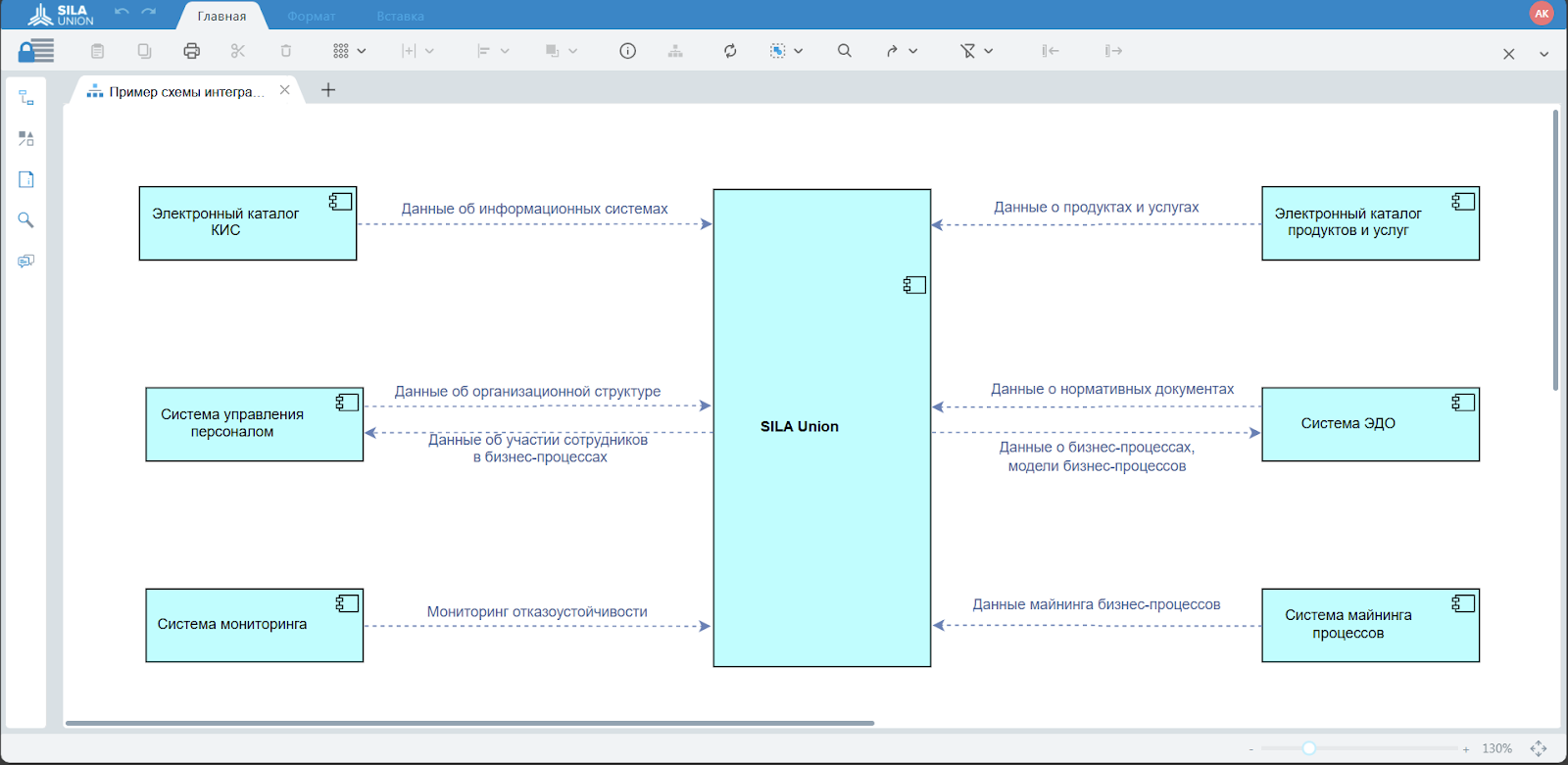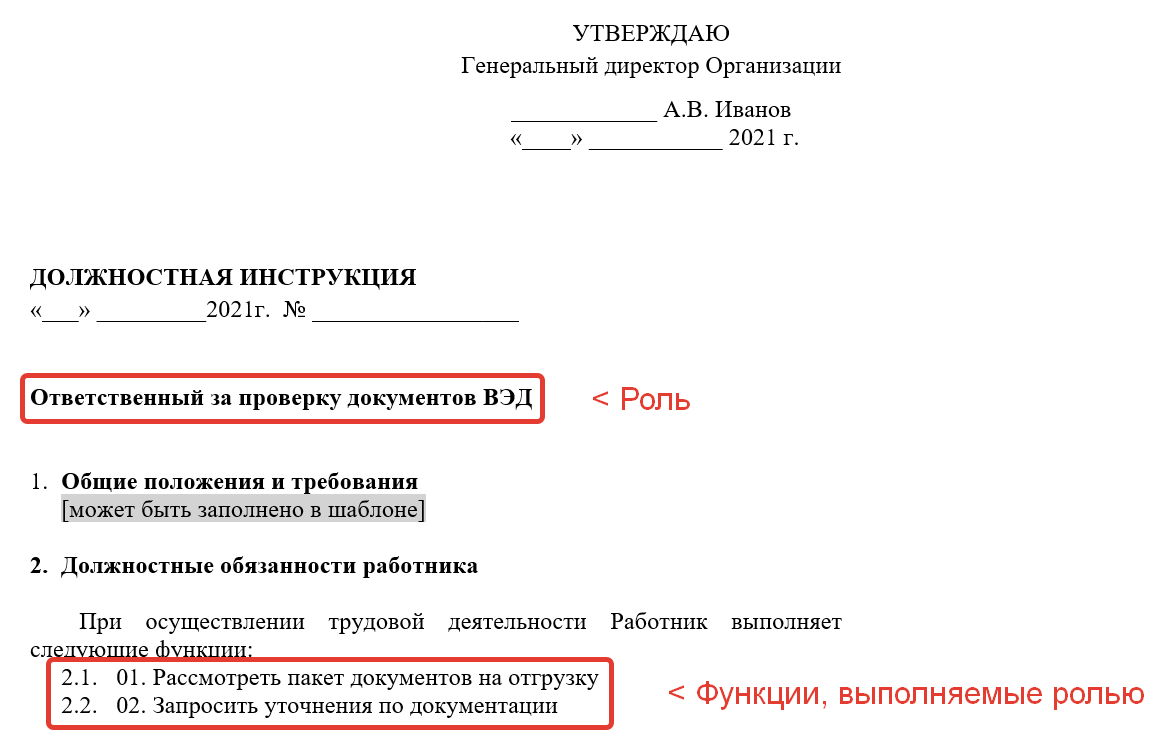
Managing Organizational Structure with SILA Union Software
Effective organizational management is a complex task requiring systematic approaches, high-level management skills, strategic thinking, and access to high-quality tools that facilitate informed decision-making. Corporate architecture is used to systematize knowledge and concepts about an organization—it is a comprehensive management approach that encompasses both the business aspects of a company’s operations as well as its technological and service infrastructure. Business architecture, as a component of corporate architecture, implies structured information on key aspects such as business processes, organizational structure, and information flows within operations.
In any organization, regardless of its size and industry, an organizational structure always exists alongside business processes—at the very least, there is a conceptual understanding of the presence of various divisions, their interconnections, responsibilities, and distinctive features.
By structuring and documenting data on organizational units, a company provides management with an effective tool for governance. A well-designed organizational structure naturally aligns with process structures—either directly or, as recommended, through a role-based model.
This article explores the capabilities provided by SILA Union software for designing an organizational structure within a company's business architecture. It discusses the system’s role in this area, its integration with personnel management information systems, and the functionality expansion enabled by scripts.
Designing an Organizational Structure in SILA Union Software
As the name suggests, an organizational structure describes:
Organizational units—from top management to frontline employees involved in business processes.
Hierarchy of organizational units—including divisions, departments, teams, and even external contractors, all of which can be interconnected both vertically and horizontally.
Responsibility (indirectly, when process structures are in place)—defining who is accountable for what.
For building a comprehensive corporate architecture within BPM systems, organizational units must be treated as repository elements, since from a business perspective, the following aspects are critical:
Attributes of organizational structure elements.
Interconnections between organizational structure elements.
Links to the strategic layer of the architecture.
Links to business processes.
Once up-to-date organizational structure data is available, modeling can begin. In SILA Union, an object directory is created, with folders for divisions and departments. Positions, teams, and employees are assigned within these folders, and various models are then constructed—both a high-level organizational structure model for an overall perspective and more detailed models for specific divisions, teams, and departments. If necessary, positions can also be decomposed and linked to business roles.
Experience shows that the most convenient way to represent such data is through structural models, where parent-child dependencies are clearly visible.
SILA Union Software: A Powerful Tool for Organizational Structure Design and Management
SILA Union software is a highly demanded tool for designing and managing organizational structures, solving a wide range of tasks:
Creation of a unified catalog of organizational structure models with a wide selection of model types for describing various entities and data levels.
Collaborative development of organizational structure models with shared access to up-to-date data for all employees.
Comprehensive data modeling, linking the organizational structure to other business architecture entities (business processes, balanced scorecard, IT architecture, risks, documents, goals, etc.). The system allows for constructing any possible relationship chains, such as "Employee – Position – Role – Process," "Employee – Position – Department – KPI," "Position – Competencies – Functions," and others.
Designing organizational changes by modeling the target organizational structure based on the current one.
Workforce optimization planning based on changes in external factors or strategic company development objectives.
Integration capabilities with other information systems. Import/export of models and data, automated generation of organizational structure models within SILA Union.
Analytical work based on predefined rules and parameters, such as "Calculation of actual involvement and labor costs per unit of production," "Total personnel workload assessment," "Optimal staffing calculation," "Evaluation of transformational changes," and more.
Automated generation of regulatory documents (e.g., "Job Description," "Departmental Regulations," "Regulations") based on data stored in SILA Union.
Integrations
Organizational structure data is typically stored in specialized personnel management systems, often in the form of directories. For seamless integration of the organizational structure into corporate architecture, SILA Union can integrate with such systems, allowing not only the retrieval of necessary organizational data but also the transmission of process-related data to other systems, including HR management platforms.
Integrations can be implemented either directly via API or through corporate service buses. The specific implementation details are managed by the technical team, ensuring a seamless experience for business users. For example, data updates overnight, and by morning, employees have access to the latest information for various business tasks.
Scripts
Modeling or retrieving an organizational structure is not enough—it is crucial to use this data efficiently. Thanks to the core "definition-instance" principle, organizational structure elements can be incorporated into business process models, linked to key elements within models, and analyzed using the scripting engine.
A simple example of this functionality is the Role-Based Instruction Report. Suppose the database contains:
a) Data on the organizational structure;
b) Data on business processes;
c) A role-based model linked to the organizational structure (where a position acts as a role).
In this case, business process models display roles instead of specific organizational units. This approach ensures that when the organizational structure changes, business process models do not need to be updated. If a position is eliminated, its role within business processes is simply reassigned to another position.
Thanks to system-wide connections, users can generate detailed reports. For example, selecting a Role, running a script, and obtaining a list of functions associated with that role.
SILA Union enables even more complex data exports—beyond just listing organizational units and their relationships, it also includes attribute composition (grades, employment status), competency requirements, delegation, job responsibilities, employee rights, compensation, and more. As a result, the generated documents are highly detailed and often do not require manual adjustments.
Thus, users can generate workload reports, RACI matrices, and fully formatted documents such as Job Descriptions and Departmental Regulations.
Conclusion
SILA Union is a powerful tool for designing and managing organizational structures. The system presents the structure as multi-level hierarchical graphical models, offering an efficient way to display roles, responsibilities, and functions in alignment with corporate goals. SILA Union seamlessly integrates with HR management systems to ensure the organizational structure is embedded within the company’s corporate architecture. Additionally, the scripting engine allows for advanced data analytics and reporting.
If you have any questions, please contact sales@silaunion.ru—our specialists will be happy to assist you. We are ready to provide a system demonstration and discuss how SILA Union can help your company build an organizational structure fully aligned with business processes.







